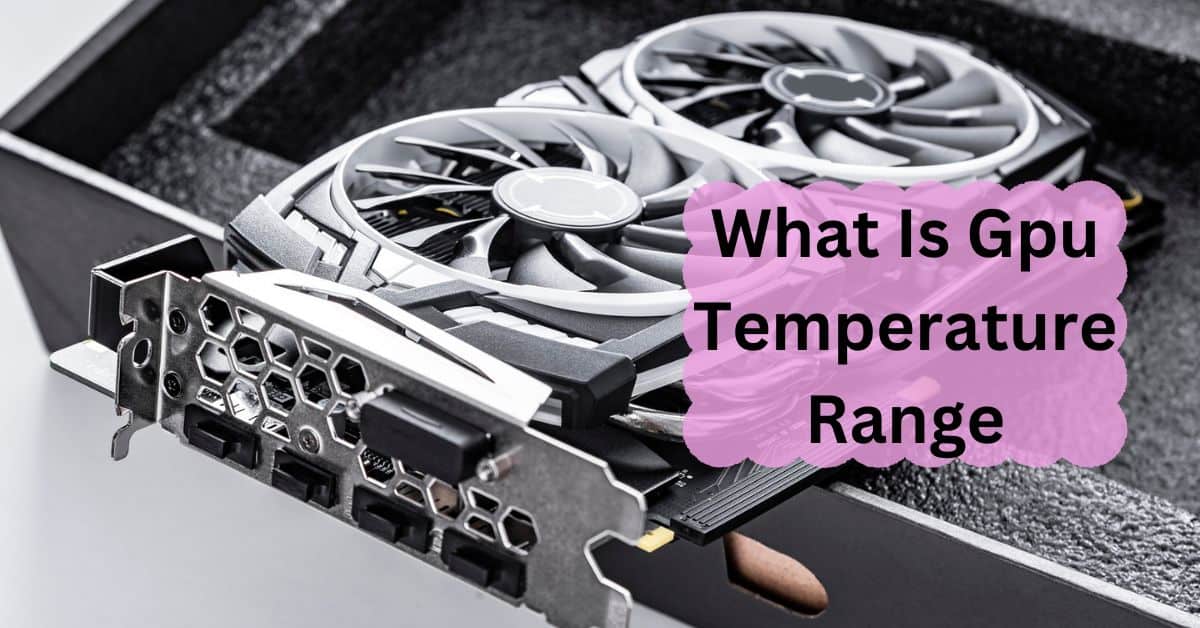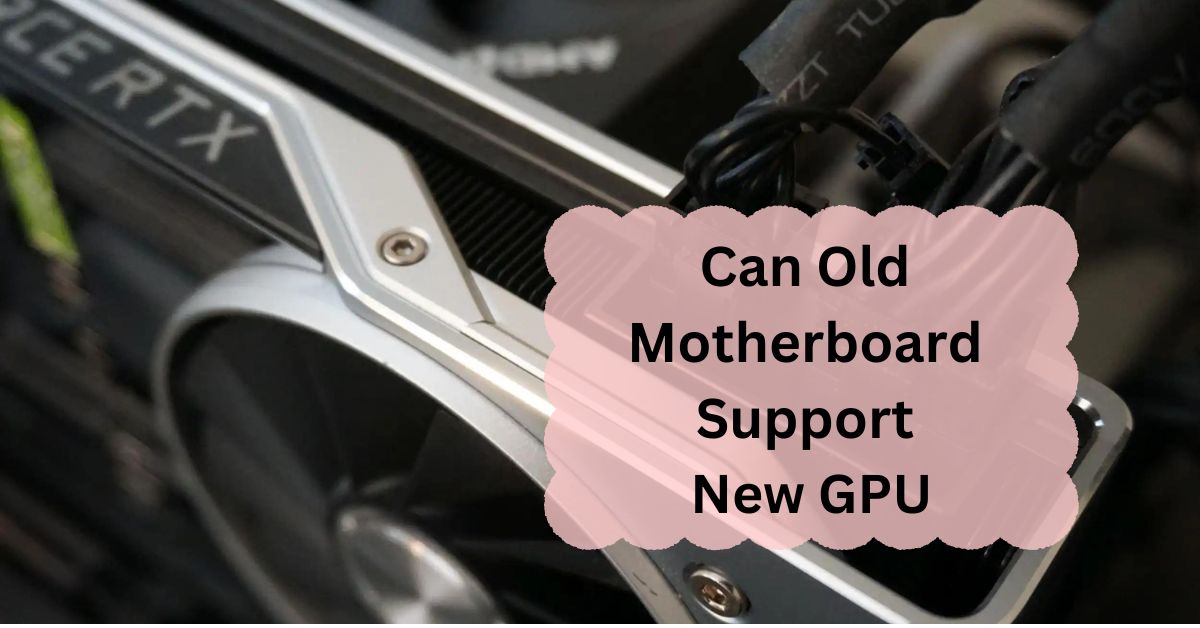If you’re a gamer, video editor, or anyone who uses their computer for intensive tasks, you’ve probably heard about GPU temperature. But what exactly is it, and why does it matter? Your GPU, or Graphics Processing Unit, is the heart of your computer’s graphical capabilities. Whether you’re running the latest AAA game or rendering a complex video, your GPU does the heavy lifting.
A normal GPU temperature range is 40-60°C when idle and 70-85°C under load, like gaming. It’s safe as long as it stays below 90°C during heavy tasks.
In this article, we will discuss “What Is Gpu Temperature Range”.
What Is Gpu Temperature?
GPU temperature refers to how hot your graphics card gets while it’s operating. Just like any electronic device, your GPU generates heat when it’s working. If this heat isn’t managed properly, it can cause problems like reduced performance, system instability, or even permanent damage to your GPU.
Why Does Gpu Temperature Matter?
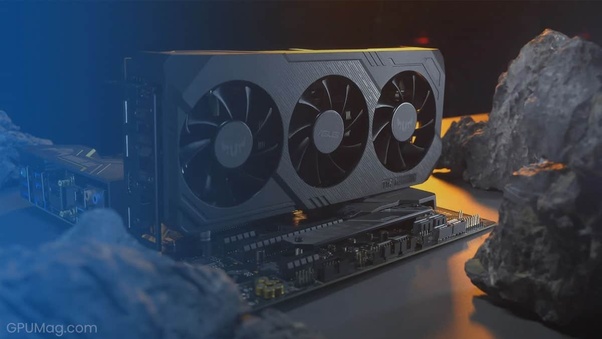
Maintaining a normal GPU temperature is important for several reasons:
1. Performance:
When a GPU gets too hot, it may throttle its performance to cool down, which means it slows itself down to avoid overheating. This can cause lag or stuttering in games or other graphics-intensive tasks.
2. Longevity:
Running your GPU at high temperatures for long periods can shorten its lifespan. Over time, the excessive heat can wear out the components inside the GPU, leading to potential failures.
3. System Stability:
Overheating can cause your computer to crash or shut down unexpectedly. Keeping your GPU within a safe temperature range helps ensure your system remains stable.
Why Monitoring Gpu Temperature Is Important?
1. Preventing Overheating:
Monitoring your GPU temperature is crucial to prevent overheating. Overheating can lead to thermal throttling, where your GPU reduces its performance to cool down, resulting in lower frame rates and slower processing speeds.
2. Extending Gpu Lifespan:
By keeping your GPU within a safe temperature range, you can extend its lifespan. High temperatures can cause wear and tear on the GPU’s components, leading to premature failure.
What Is A Normal Gpu Temperature Range?
The normal temperature range for a GPU can vary depending on the manufacturer, model, and the tasks you’re performing. However, here are some general guidelines:
1. Idle Or Low-Intensity Tasks (30°c – 45°c):
When your computer is idle or handling low-intensity tasks like browsing the web or working with documents, your GPU temperature should typically stay between 30°C and 45°C. This is considered a cool and safe range.
2. Gaming (60°c – 80°c):
During gaming or other graphics-heavy activities, your GPU temperature will rise. For most modern GPUs, a temperature between 60°C and 80°C is considered normal and safe. If your GPU stays in this range, you shouldn’t have to worry about overheating.
3. High-Performance Tasks (80°c – 85°c):
When running high-performance tasks like video editing, rendering, or playing very demanding games, it’s normal for the GPU temperature to reach 80°C to 85°C. While this is on the higher side, it is still within a safe range for most GPUs.
4. Maximum Temperature (85°c – 95°c Or Higher):
If your GPU temperature exceeds 85°C, you should start to be cautious. Temperatures above 90°C are generally considered too high and may lead to performance throttling, crashes, or long-term damage. Different GPUs have different maximum temperature limits, so it’s essential to check your GPU’s specific rating from the manufacturer.
Tips For Keeping Gpu Temperature In A Safe Range:
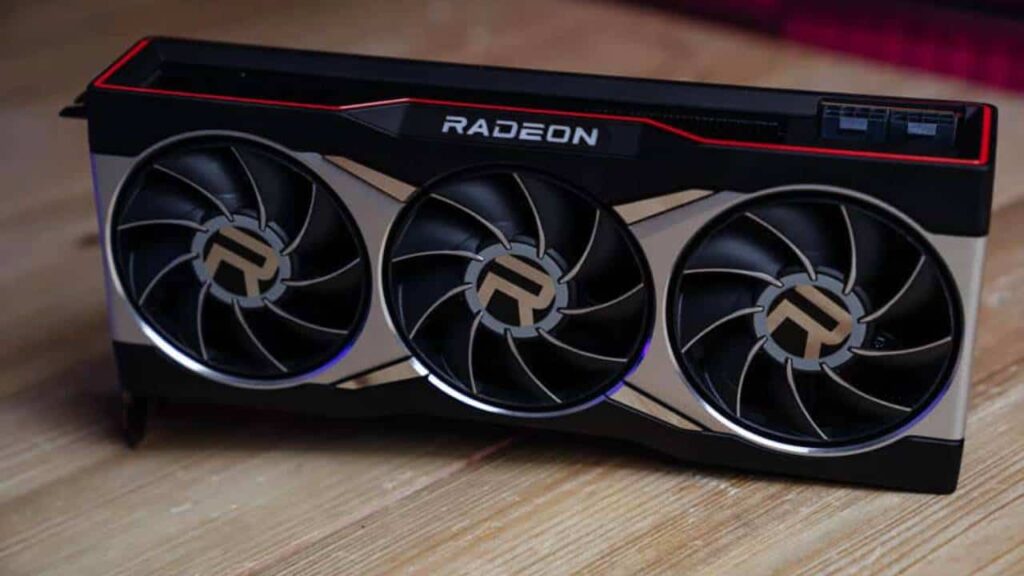
If you’re concerned about your GPU temperature, there are several things you can do to keep it within a normal range:
1. Ensure Proper Airflow:
Make sure your computer case has good airflow. Use fans to bring in cool air and expel hot air. Keep the inside of your case clean and free of dust, which can block airflow and cause your GPU to overheat.
2. Adjust Fan Speed:
If your GPU is running hot, consider adjusting the fan speed. You can do this manually using software like MSI Afterburner. Increasing the fan speed can help cool your GPU more effectively, but it may also make your system louder.
3. Reapply Thermal Paste:
Over time, the thermal paste that helps transfer heat from your GPU to the cooler can dry out and lose effectiveness. Reapplying thermal paste can help reduce temperatures. This is a more advanced task, so only attempt it if you’re comfortable working with computer hardware.
4. Lower Graphics Settings:
If you’re gaming or running other demanding applications and notice your GPU temperature is too high, try lowering the graphics settings. Reducing the workload on your GPU can help bring temperatures down.
5. Use A Cooling Pad Or Stand:
For laptops, using a cooling pad or stand can help improve airflow and keep your GPU temperature in check.
What Is A Good Gpu Temperature?
A good GPU temperature is 40-60°C when the computer is not doing much and 70-85°C when running games or heavy tasks. Keeping it below 90°C is ideal.
What Is A Critical Temperature For A Gpu?
A critical GPU temperature is usually above 90°C. If your GPU reaches 100°C or more, it may overheat, causing damage. It’s important to keep it cooler to avoid problems.
Is 85 Degrees Hot For A Gpu?
No, 85 degrees is not too hot for a GPU, especially during gaming or heavy tasks. It’s within the safe range, but you should avoid going much higher to prevent overheating.
Is 83c Too Hot For Gpu?
No, 83°C is not too hot for a GPU. It’s within the normal range for heavy tasks like gaming. However, it’s best to keep temperatures below 85°C to be safe.
Normal Gpu Temperature While Gaming:
A normal GPU temperature while gaming is usually between 70-85°C. This range is safe and expected during intense gaming sessions. It’s important to monitor temperatures to avoid overheating.
What Is Gpu Temperature Range Laptop?
For a laptop, a normal GPU temperature range is 40-60°C when idle and 70-90°C during gaming or heavy tasks. Laptops can run hotter, but it’s important to avoid temperatures above 90°C.
What Is Considered A Good Gpu Temperature?
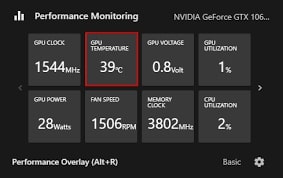
A good GPU temperature is 40-60°C when idle and 70-85°C during gaming or heavy tasks. Keeping your GPU within these ranges helps ensure good performance and longevity.
How Hot Can A Gpu Run Without Damage?
A GPU can run safely up to 85-90°C. Temperatures higher than this can cause damage over time. It’s best to keep it cooler to ensure long-term performance and avoid overheating.
Do High Temperatures Damage The Gpu?
Yes, high temperatures can damage the GPU over time. Keeping the GPU cooler helps prevent long-term damage and ensures better performance and reliability.
Can Overheating Damage Gpu?
Yes, overheating can damage the GPU. High temperatures can cause reduced performance and shorten the GPU’s lifespan. Keeping your GPU cool helps prevent these issues.
What Is A Safe Temperature For The Cpu And Gpu While Gaming?
A safe temperature for the CPU and GPU while gaming is 70-85°C. Staying within this range helps prevent overheating and keeps your computer running smoothly. Avoid temperatures above 90°C to prevent damage.
FAQs:
1. What Is The Safe Gpu Temperature Range For Gaming?
The safe temperature range for gaming is typically between 60°C and 85°C. Going above 90°C is risky and can lead to overheating.
2. How Often Should I Check My Gpu Temperature?
It’s a good idea to check your GPU temperature regularly, especially during intensive tasks. Monitoring it once a week should be sufficient for most users.
3. Can High Gpu Temperature Damage My Computer?
Yes, consistently high GPU temperatures can cause damage to your GPU and other components, leading to reduced performance and a shorter lifespan.
4. What Is The Best Cooling Solution For A Gaming Pc?
The best cooling solution depends on your setup. Air cooling is sufficient for most users, but if you’re overclocking or using high-end components, consider liquid cooling.
5. How Can I Tell If My Gpu Is Overheating?
Signs of overheating include performance drops, visual artifacts, and system crashes. If you experience these, check your GPU temperature immediately.
Conclusion:
To keep your GPU healthy, ensure it stays within a safe temperature range. Normal temperatures are 40-60°C when idle and 70-85°C during gaming or heavy tasks. Monitoring and managing heat is important to avoid performance issues or damage, ensuring your GPU lasts longer and performs well.
